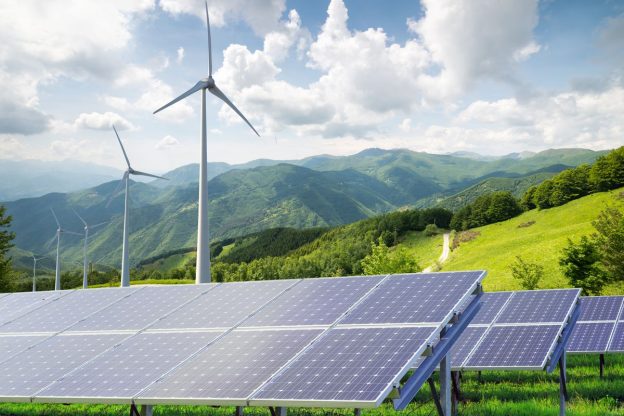Little impact is felt on grid operations when tiny amounts of intermittent power are used. The grid infrastructure may need to be upgraded or perhaps completely redesigned if more intermittent electricity is used. Storage, improved interconnection between various variable sources to smooth out supply, the use of dispatchable energy sources like hydroelectricity, and overcapacity are all options for absorbing significant amounts of variable energy into the grid. The latter will ensure that there is enough energy produced even when the weather is unfavorable. Additional ties between the energy industry and the construction, transportation, and industrial sectors could be beneficial. Power demand and supply matching is a challenge that affects all power sources, not only intermittent ones. Existing power systems already have components of uncertainty, such as unexpected power plant outages and abrupt, significant fluctuations in demand. Despite the fact that power networks are currently built with considerable capacity above predicted peak demand to handle these issues, significant changes may be necessary to handle significant volumes of intermittent electricity.
Day-ahead forecasting is used by grid operators to choose which of the available power sources to use the following day, and weather forecasting is used to determine the expected availability of wind and solar power. Despite the fact that wind power predictions have been used operationally for decades, the IEA is coordinating global cooperation to increase their accuracy as of 2019.
The amount of electricity produced at any one time by a specific plant will depend on the wind speed, air density, and turbine parameters because wind energy is a variable resource (among other factors). The wind turbines must be shut down to prevent damage if the wind speed is too high, and they cannot produce power if the wind speed is too low. While the output from a single turbine can change significantly and quickly as local wind speeds vary, the average power production becomes less variable as additional turbines are connected over larger and larger areas. Solar energy is inherently erratic since it depends on the amount of sunshine present at a certain location and time to generate renewable electricity. Dust, fog, cloud cover, frost, and snow can all have an impact on the solar output, which fluctuates throughout the day and across the seasons. Many seasonal variables can be predicted quite well, and some solar thermal systems use heat storage to generate grid power for a whole day.
Dispatched generating that is being replaced by storage hydro, geothermal energy, nuclear energy, natural gas, biomass, or coal could be. It is less expensive to use nuclear or geothermal energy continuously as base load power than to start and stop these sources. Any excess power that is produced can be used to replace heating fuels, be stored, or be sold to another grid. When intermittents are not producing electricity, biofuels and conventional hydro can be preserved. In addition to demand patterns, which frequently cause big swings in the amount of electricity suppliers deliver into the grid, all sources of electrical power are somewhat variable. The tools to impact supply and demand are well-developed, and grid operations procedures are designed whenever possible to match supply and demand at high levels of reliability. Large-scale, highly variable power generation may necessitate adjustments to current practises and new expenditures. In reality, partially loaded conventional plants that are already in place to offer response and reserve change their output to make up for variations in the power output from wind. The bigger overall changes at higher penetration levels will necessitate extra reserves or other forms of compensation, whereas low penetration levels of intermittent power may employ existing levels of responsiveness and spinning reserve.
Solutions for Intermittent Renewable Energy Sources
on 25/10/2023








